After collecting the remnants of a rich harvest, the autumn preparation of the land in the greenhouse for winter and the subsequent season begins. During the gardening season, humidity and elevated temperatures prevail in the greenhouse, which provokes the proliferation of harmful bacteria and depletion of the soil. Proper tillage is an important agricultural technique that allows you to reduce the infectious load on the soil: rid the new crop of pests, late blight and other diseases. The goal of all autumn tillage activities is to eliminate pathogenic larvae for active crop growth.
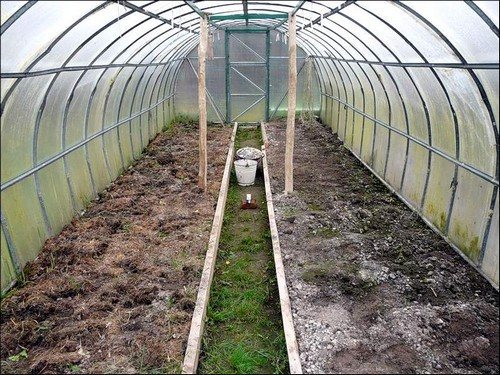
Replacement
The cardinal method of combating insects and their metabolic products is a comprehensive replacement of the soil to a depth of 20–25 cm with a pre-prepared mixture of sand, peat, humus and fertilizers. A complete replacement of the soil, according to agronomists, is required every 4 years. It is better to completely cover a greenhouse covered with film with new material. In extreme cases, the plastic film can be washed, disinfected and dried. It is better to take the soil removed from the garden outside the site for disposal or put it in a compost pit.
Digging
If it is not possible to completely replace the soil in the greenhouse, it should be dug up with a shovel full. Roots of plants, especially tomatoes, should be completely removed from the greenhouse, as they contain a large number of late blight spores.You also need to remove all wooden crossbars, pins and supports from the greenhouse, since wood can be a breeding ground for fungus and rot. When loosened, the soil is saturated with air, so the fertilizer can penetrate even into previously compacted areas of the soil.
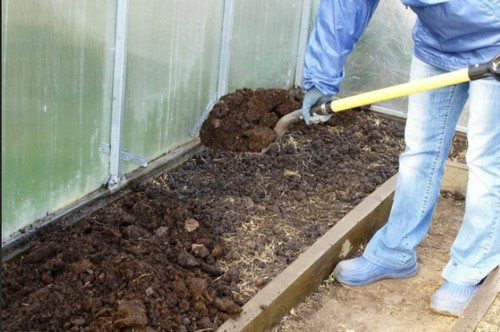
Heat treatment
Cultivating the soil in a greenhouse with an increase in temperature eliminates the need to use aggressive chemicals. High temperatures kill pathogenic microflora, including late blight, which affects tomatoes and cucumbers.
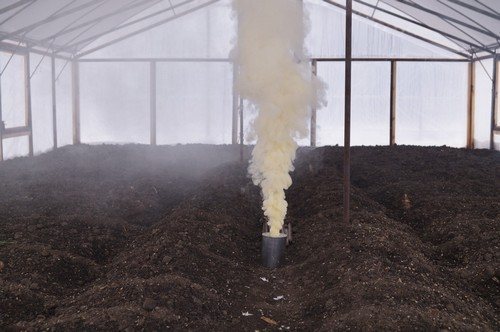
Basic methods:
- Fumigation with a sulfur bomb has an amazing effect. At the same time, the structure of the structure (cracks, material, supports) and the soil to a depth of 10–12 cm are processed.
- Covering the ground with a layer of snow is suitable for spring work. At the end of February or beginning of March, lay a layer of snow 15–20 cm thick on the garden. Low temperatures kill more than 50% of harmful bacteria.
- Steaming. The film is stretched in the area, the edges of which are fixed. Hot steam is fired under it so that the soil warms up by 30 cm to 70 ℃. When steaming, pathogenic flora dies.
Biological method
Biological products have a delicate effect on the soil, disinfect and improve the quality of the soil. Proven drugs:
- powder or tablets “Glyokladin”;
- Golden autumn "Fitosporin-M";
- "Trichoderm";
- "Pseudobacterin";
- "Planriz";
- "Baktofit".
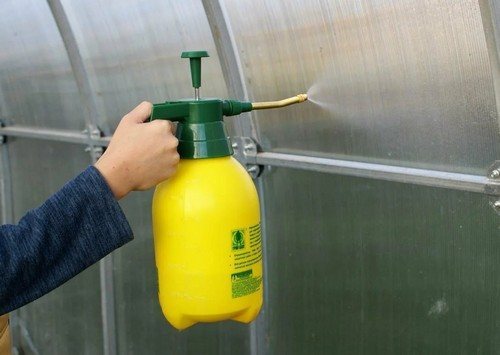
Biological preparations contain antibiotics, so they must be used strictly according to the instructions, having first checked the expiration dates. The indicated doses cannot be lowered or increased categorically. Active oxygen kills bacteria.For additional disinfection of the soil, water after ozonation and enrichment of the area with oxygen through an ozonizer are suitable.
Method of chemical action
As a means of radical action on whitefly larvae, the remains of late blight and other microbes, aggressive chemical compounds are used:
- 3-5% solution of copper sulfate;
- ready-made Bordeaux mixture;
- hormonal preparation "Admiral";
- lime solution (100 g of copper sulfate with 2 kg of lime per 10 liters of water).
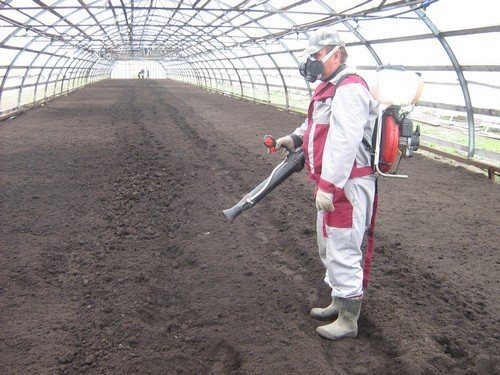
The preparations contain copper, which fights powdery mildew, bacteriosis, any spotting. Potassium permanganate solutions also effectively affect the soil. Add 4-5 grains of manganese per 10 liters, stir until a bright pink color. When diluting chemical solutions and treating the soil, you need to wear protective gloves, glasses, a mask with a respirator and long-sleeved clothing. After completing the procedure, take off your clothes outside and wash them. For health safety, hands should be washed with soap, and all mucous membranes should be rinsed with running water. After treatment, ventilate the greenhouse for 20 minutes.



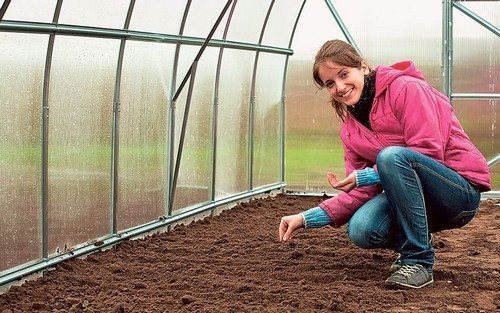
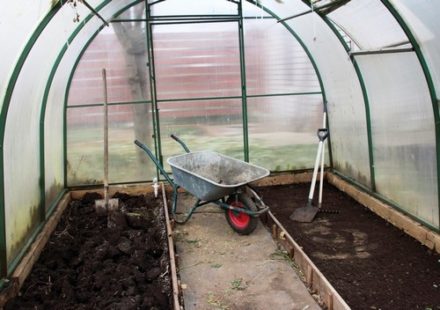
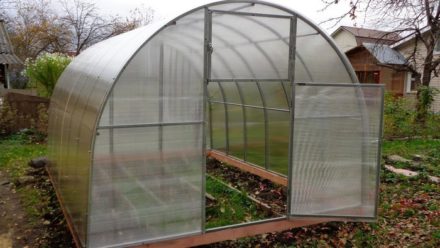
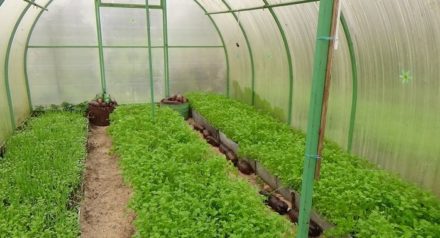
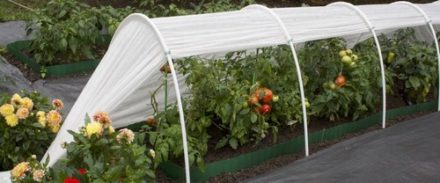
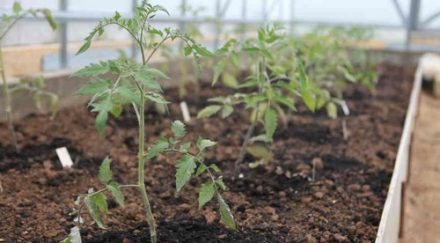
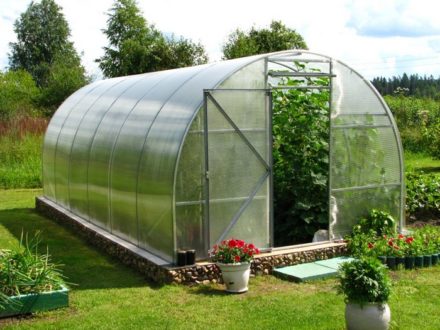
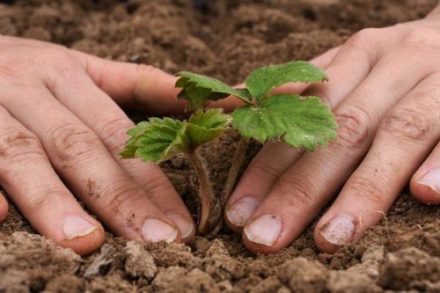
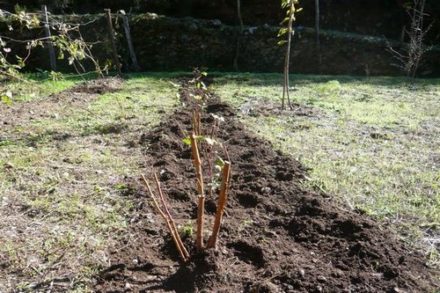
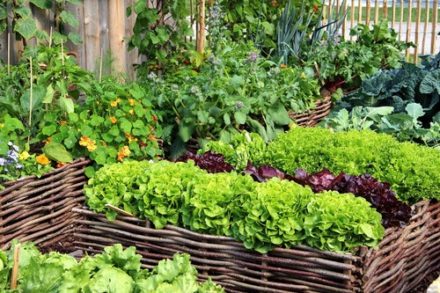
For the greatest efficiency, the soil in the greenhouse should be cultivated annually after harvesting the remaining crops before the onset of frost. A complete replacement of the soil is carried out once every 4 years, and for systemic procedures it is necessary to use digging, exposure to temperature, and treatment with biological or chemical preparations.